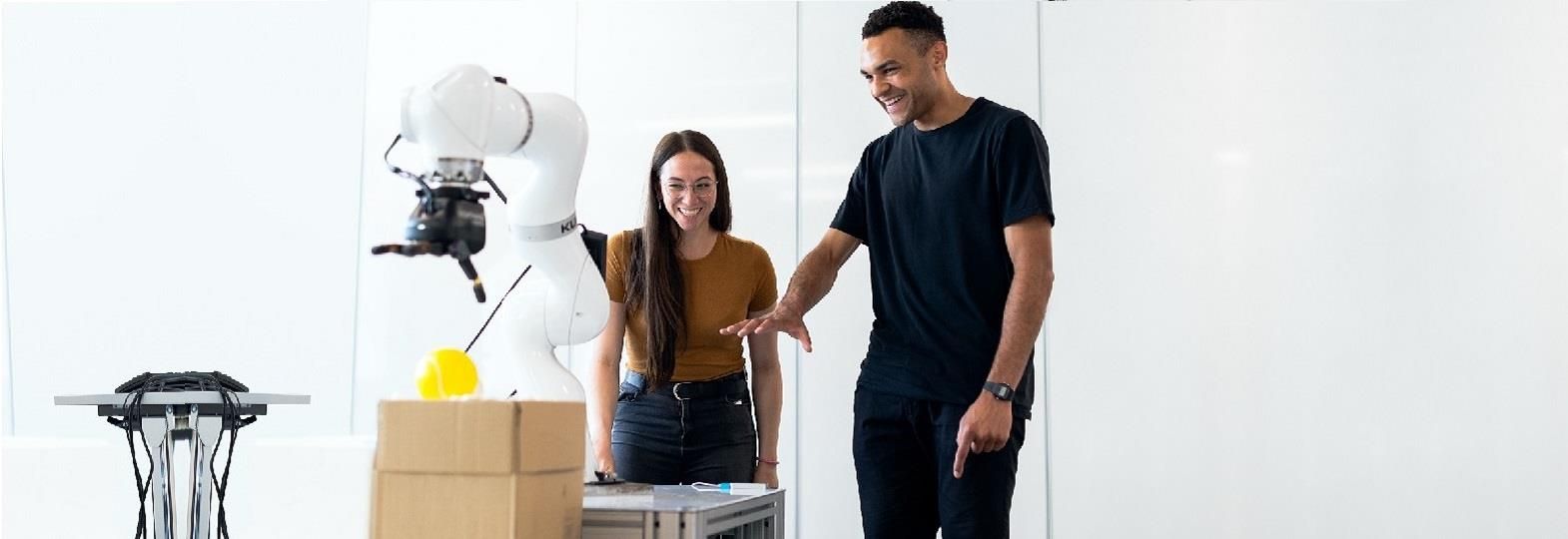In this vibrant era of technology, it is crucial to grasp how robotic automation is transforming apparel production. This vast and potent landscape offers arrays of innovative solutions that seamlessly blend science with style.
From machine precision in cutting patterns to assembling pieces at lightning speed, robotics is revolutionising the fashion world like never before.
The Role of Robotics in Transformative Apparel Manufacturing
One of the game-changers worth touching on up top is the integration of advanced automated machinery, such as versatile six-axis robotic arms from Standard Bots, within assembly lines.
By embracing versatile hardware, manufacturers can perform myriad intricate tasks with precision and consistency. This includes everything from producing garments to picking and packing them. The upshot is that this profound shift towards automation ensures high-quality products while also scaling up production levels significantly.
Ingenious solutions like these do not merely streamline processes, but rather they transform them entirely by reducing human error and optimising existing procedures. And of course, they free flesh and blood team members from having to tackle the more tedious tasks of apparel production.
Understanding the Benefits and Challenges of Machine-led Fashion Production
Robotic automation brings an array of benefits to apparel production, but it is not without its challenges too. Understanding both sides is crucial for any fashion business aiming to integrate robotics into their workflow.
Benefits include:
• Enhanced precision: Robots can execute intricate cuts and stitches flawlessly.
• Increased productivity: Automated operations accelerate production cycles.
• Improved consistency: Consistent quality across all products reduces waste.
Despite these advantages, there are also challenges like:
• High initial costs: The upfront investment in robotic machinery can be substantial, although it is falling annually.
• Workforce displacement concerns: The transition may lead to job losses due to automation.
So, as we weigh these pros and cons, one thing remains certain, robotic automation stands poised to redefine how fashion gets made.
Future Perspectives: How Robots might Redefine Apparel Making
As we lean into the notion of a mechanised future, it is fascinating to envisage how robots could redefine apparel production. Here are some compelling possibilities:
• Personalised clothing: Advanced robotics combined with AI might allow real-time customisation based on individual preferences.
• Eco-friendly practices: With precise operations reducing waste, robotic automation contributes to sustainable fashion.
Although this technological revolution may sound like an expensive investment for smaller businesses initially, decreasing costs and increasing accessibility suggest wider adoption in the near future.
Gearing up for Change: Preparing the Fashion Business for Robotic Automation
As we stand on the cusp of this robotic revolution, it is important to ready fashion business for the transition. Here are some helpful steps:
• Understanding needs: Conduct thorough assessments to identify specific areas where automation could enhance efficiency.
• Calculating costs and ROI: Determine feasibility by comparing expected returns with initial investment costs.
While gearing up for change can be an arduous process, the long-term benefits often outweigh temporary hurdles. With meticulous planning, one can not only weather these winds of change but thrive within them.
Moreover, the integration of robots into apparel production blends artistic flair with technological prowess beautifully. It redefines tradition while pioneering towards a future that is fast-paced, precise, and utterly fascinating. If businesses are not clued up on this trend, then now is very much the time to change this.
Final Thoughts
There is a sense in some quarters that automation and robotics in particular are a problem for apparel production, as well as more broadly for the future of work in many industries.
However, an optimistic angle is worth adopting, since by improving processes for businesses while allowing humans to take on more interesting roles, it is a win-win.







Comments